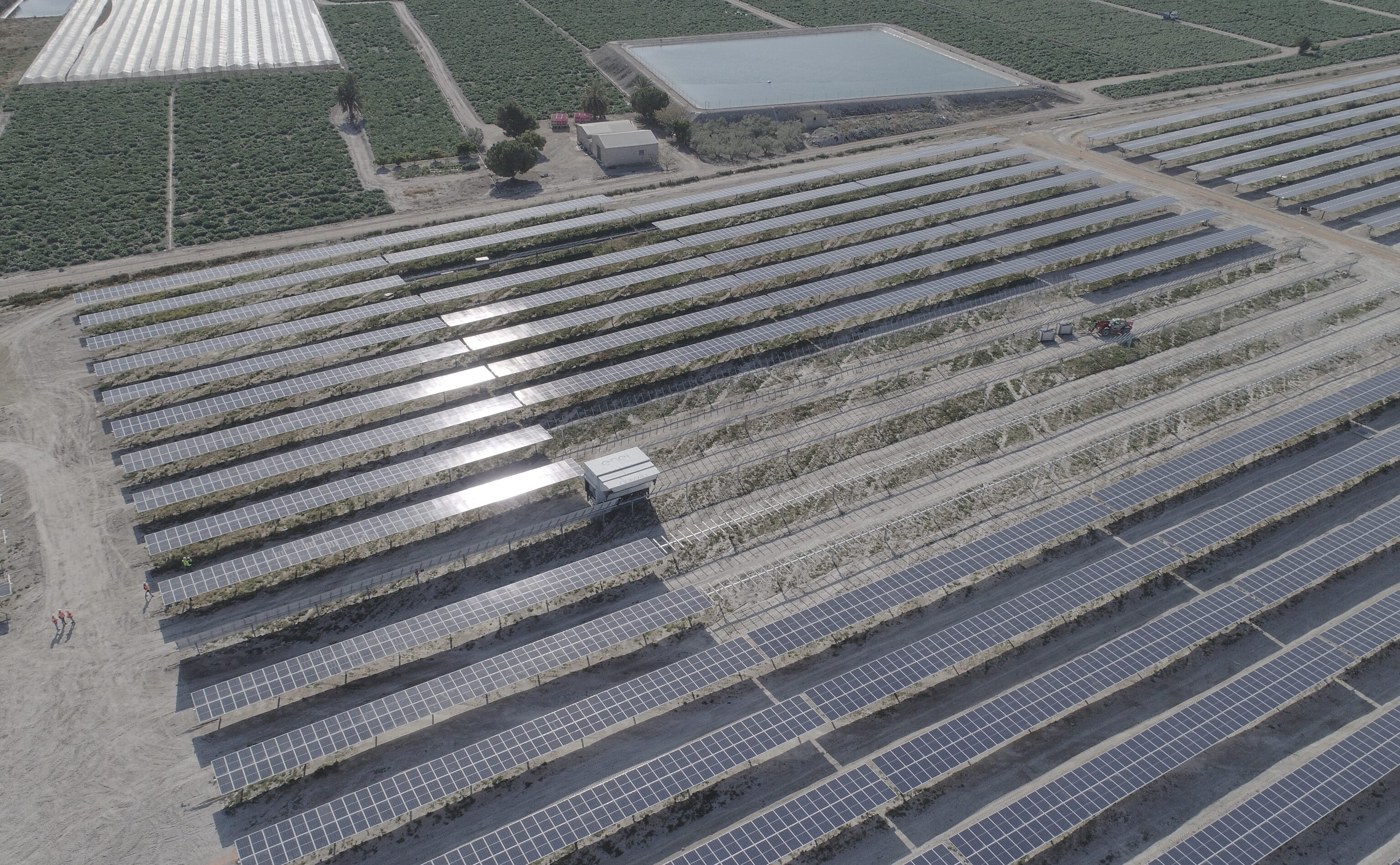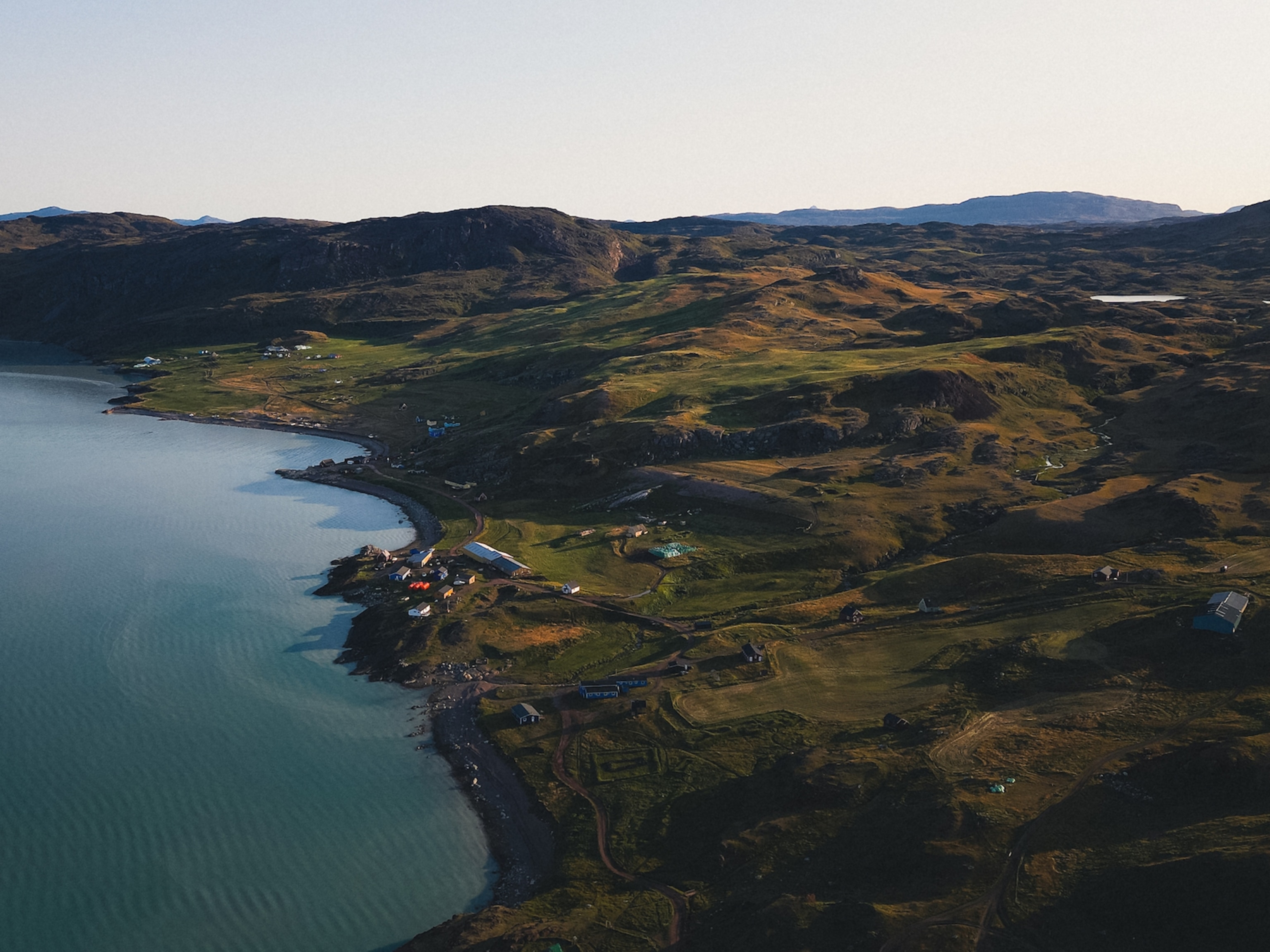Near Totana, in southern Spain, the fields shine with the sunlight reflected off thousands of solar panels. A vast solar array, the Totana Solar Plant operated by Enel Green Power (EGP), contributes 85 megawatts of electricity to Spain’s national power network by tapping into the country’s plentiful sunshine—nearly 2,800 hours a year around Totana . The plant is representative of Spain’s passionate commitment to fighting climate change through a proactive policy of replacing fossil fuels with plentiful, affordable, renewable energy. For Spain, this is more than a benign act—the need and the urgency is all too real.

Most scientists agree that climate change is caused by human activity and in particular our use of coal, gas, oil, and wood to power our lives. When burned, these carbon-based fuels release carbon dioxide, a greenhouse gas that contributes to global warming and is altering the world’s weather. Since 1880, the planet’s combined land and ocean temperature has risen by around 0.13°F (0.07°C) each decade, and this rate has doubled since 1981. It is now more than 1.6 degrees Fahrenheit (0.9 degrees Celsius) warmer than it was in 1906: around the world eighteen of the nineteen warmest years have happened since 2001, with 2016 the warmest year on record.
For Spain, climate change is a particularly serious threat. The country already receives twenty five percent less rain than fifty years ago and average temperatures have risen by as much as 46.4 degrees Fahrenheit (eight degrees centigrade). Last century, almost 90 percent of glacial ice in the Pyrenees disappeared. Unless climate change can be slowed or reversed, predictions are that in the next fifty years, Spain’s temperature could rise another 36.5 degrees Fahrenheit (2.5 degrees centigrade) bringing a hotter, drier and longer summer season to its vast central plains and tipping its south east region from a semi-arid to an arid climate. Little wonder that Spain is so passionate about renewable energy.
In 2018 Spain announced an ambitious environmental policy that would see the country end its dependence on fossil fuels and instead draw 75 percent of its electricity from renewables by 2030, rising to 100 percent by 2050. Ultimately Spain’s goal is to completely decarbonize its economy, slashing its greenhouse gas emissions by 90 percent against 1990 levels. In a series of significant steps towards this, Spain has stopped issuing new licences for oil and gas exploration , has closed most of its coalmines, and is running down its nuclear energy program; many workers are being re-trained in clean energy jobs, and environmental restoration. At the same time, Spain is ramping up its renewable energy program with a focus on solar and wind: the government has committed to installing at least 3,000 megawatts of wind and solar power capacity every year over ten years. It is a renewable energy plan that seeks to reverse rising carbon emissions. As the sun shines on the Totana Solar Plant, it is generating enough clean energy to save the emission of around 104,000 tonnes of carbon dioxide every year.
But beyond its renewable energy credentials, Enel Green Power’s (EGP) Totana plant is also a model of sustainability in itself. Construction of the Totana plant, finished in record time, was based on EGP’s Sustainable Construction Model that closely references the United Nations 2030 Sustainable Energy Goals ; it has been planned and built using innovative best practices and procedures that are setting new standards for Spain and beyond. Through meticulous measuring, mitigating, and off-setting the plant’s environmental and social impacts are kept as positive as possible. From inception through to construction, waste was recycled, organic materials composted, and power needs provided by a solar array that has since been donated to a local day center.

Indeed, involving and supporting the local community was a central pillar of EGP’s plan for Totana. Preference was given to local workers and contractors, training schemes in renewable energy were provided for the area’s unemployed, and environmental awareness programs have been brought into schools. EGP calls this ‘Creating Shared Value’ and it is a philosophy that reflects their appreciation of the need for a positive balance between energy, communities, and the environment. This thinking is driving innovation as EGP constantly explores new ways to turn normal actions into ‘sustainable’ actions. And for EGP, sustainability is also measured in the ability to build lasting and trusting relationships with local communities—in Totana, Spain, and around the world.





